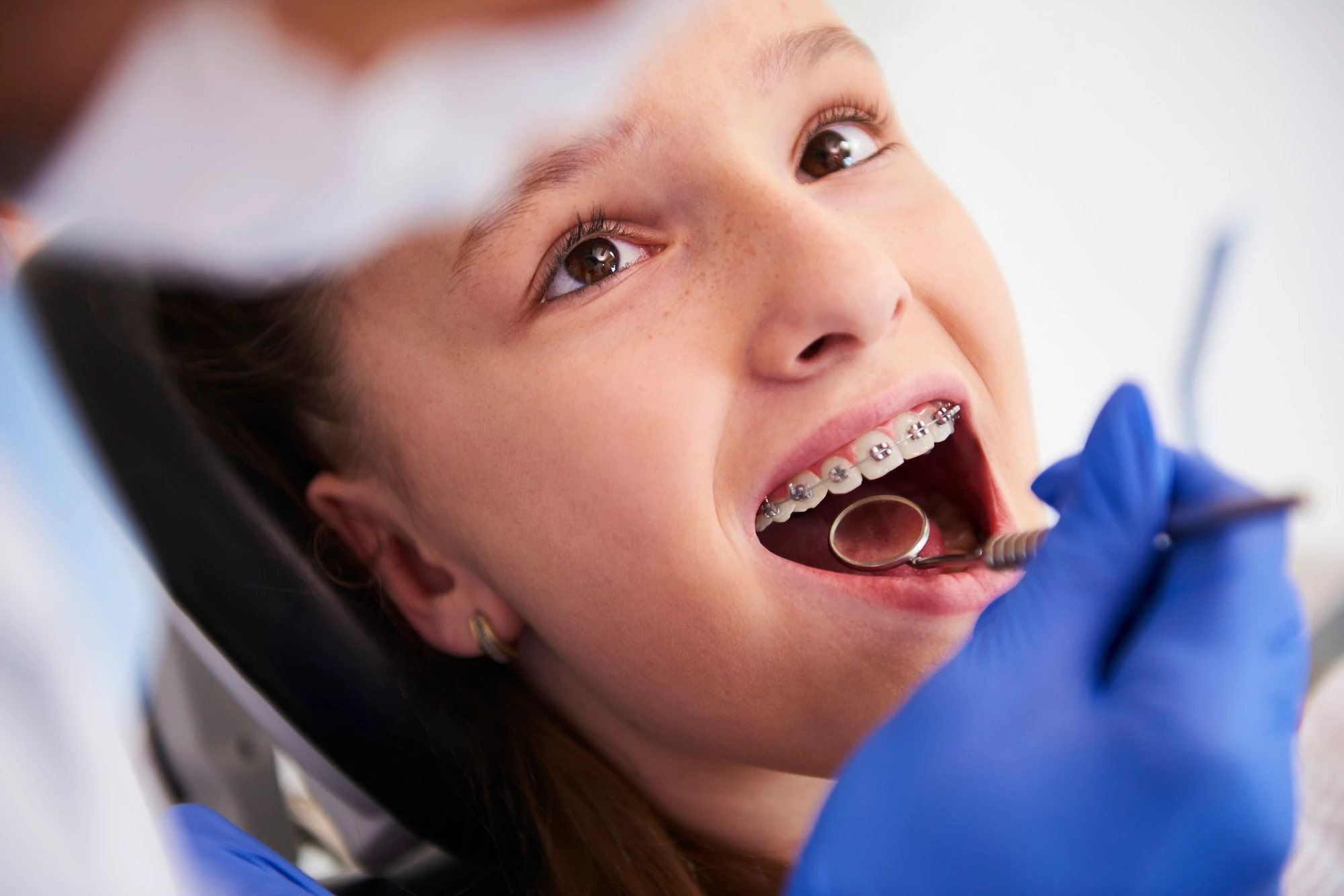Choosing the right orthodontic treatment is a significant decision, especially with so many options available. Lingual braces, traditional braces, and Invisalign each offer unique benefits and drawbacks. Understanding how these treatments compare can help you make an informed choice about the best option for your dental needs. In this comprehensive guide, we will explore each treatment method’s features, pros and cons, maintenance requirements, and suitability for different dental conditions.
What Are Lingual Braces?
Lingual braces are a type of braces that are placed on the back (lingual) side of your teeth, offering a discreet alternative to traditional braces. Unlike traditional braces, which are attached to the front (facial) surface of the teeth, lingual braces remain hidden when you smile.
How Lingual Braces Work:
- Custom brackets are created to fit the unique shape of your teeth.
- The brackets are bonded to the back of your teeth and connected by wires.
- Regular adjustments are required to gradually shift the teeth into the desired position.
- Treatment time generally ranges from 18 to 36 months, depending on the severity of the dental issue.
Who Should Consider Lingual Braces?
- Individuals who are conscious of their appearance during treatment.
- People with mild to severe misalignment issues.
- Adults and older teenagers seeking a discreet option.
- Patients who participate in contact sports or musical instruments where front braces could irritate.
Pros and Cons of Lingual Braces
Understanding the benefits and drawbacks of lingual braces can help you decide if this treatment is right for you.
Pros:
- More discreet and less noticeable compared to traditional braces.
- Effective for treating complex dental issues, including rotations, closing gaps, and bite problems.
- Customised fit enhances precision, as brackets are individually crafted for each tooth.
- Reduced risk of decalcification and staining of the front teeth.
Cons:
- Can be uncomfortable initially, especially for the tongue, as it constantly touches the brackets.
- Speech difficulties may occur during the adjustment period, such as a lisp or whistling sound.
- More challenging to clean than traditional braces due to their hidden placement.
- Generally more expensive due to their customisation and complexity.
- Not suitable for patients with very deep overbites.
Lingual Braces vs Traditional Braces
Traditional braces are the most recognisable form of orthodontic treatment. They consist of metal brackets attached to the front of the teeth and connected by wires and rubber bands. Here’s how they compare:
| Feature | Traditional Braces | Lingual Braces |
| Placement | On the front (facial) surface of teeth | On the back (lingual) surface of teeth |
| Aesthetics | More visible | More discreet and less noticeable |
| Comfort | Initial discomfort or irritation | Initial discomfort, especially for the tongue |
| Speech | May affect speech slightly | Speech may be more affected initially, but usually improves |
| Cost | Generally less expensive | Can be more expensive due to the complexity |
| Effectiveness | Highly effective for most dental issues | Highly effective, particularly for complex cases |
Lingual Braces vs Invisalign
Invisalign is a clear aligner system designed to gradually straighten teeth without the use of brackets or wires. Invisalign aligners are removable, providing flexibility and convenience.
| Feature | Lingual Braces | Invisalign |
| Visibility | Completely hidden | Nearly invisible |
| Comfort | May cause tongue irritation | Generally comfortable, but may cause mild gum discomfort |
| Cost | Higher due to customisation | Moderate to high, depending on treatment complexity |
| Treatment Time | Similar to traditional braces | Often shorter for mild cases, but longer for complex cases |
| Maintenance | More difficult to clean | Easily removable for cleaning |
| Diet | No dietary restrictions | Requires removal before eating or drinking anything other than water |
Maintenance and Oral Hygiene with Lingual Braces
Maintaining oral hygiene with lingual braces can be challenging due to their placement. However, with the right approach, it is manageable.
Tips for Cleaning Lingual Braces:
- Use a soft-bristled toothbrush to gently clean around the brackets.
- Incorporate interdental brushes or water flossers for deeper cleaning.
- Regularly rinse with mouthwash to reduce plaque buildup.
- Attend regular dental check-ups for professional cleaning.
- Consider using fluoride toothpaste to strengthen enamel.
- Avoid sticky or hard foods that could damage the brackets and wires.
Common Myths About Lingual Braces
It’s important to separate fact from fiction when considering lingual braces. Here are some common misconceptions:
- “Lingual braces are only for adults.” – While adults often prefer them for cosmetic reasons, teenagers can also benefit from them.
- “They don’t work as effectively as traditional braces.” – Lingual braces are highly effective for treating a wide range of orthodontic issues, including bite problems and complex misalignments.
- “They are painful throughout the entire treatment.” – Most discomfort subsides after the initial adjustment period.
FAQs About Lingual Braces
To address common concerns, here are answers to frequently asked questions about lingual braces:
- How long does treatment with lingual braces take?
- Treatment duration varies but often matches the timeline of traditional braces, ranging from 18 to 36 months.
- Are lingual braces suitable for everyone?
- While effective for most cases, some patients with severe bite issues may require alternative treatments.
- How much do lingual braces cost?
- The cost varies depending on the complexity of the treatment but is generally higher than traditional braces.
Making Your Decision
Choosing between lingual braces, traditional braces, and Invisalign comes down to your unique dental needs, aesthetic preferences, and budget. If discretion is your top priority, lingual braces may be worth considering despite the higher cost and maintenance requirements. However, Invisalign offers excellent flexibility, while traditional braces remain the most affordable choice for comprehensive orthodontic care.
Always consult with a qualified orthodontist to discuss your options and determine the most suitable treatment for your smile journey. Contact us or visit us at Waldron Dental for more information on how we can help you achieve that perfect smile today!













